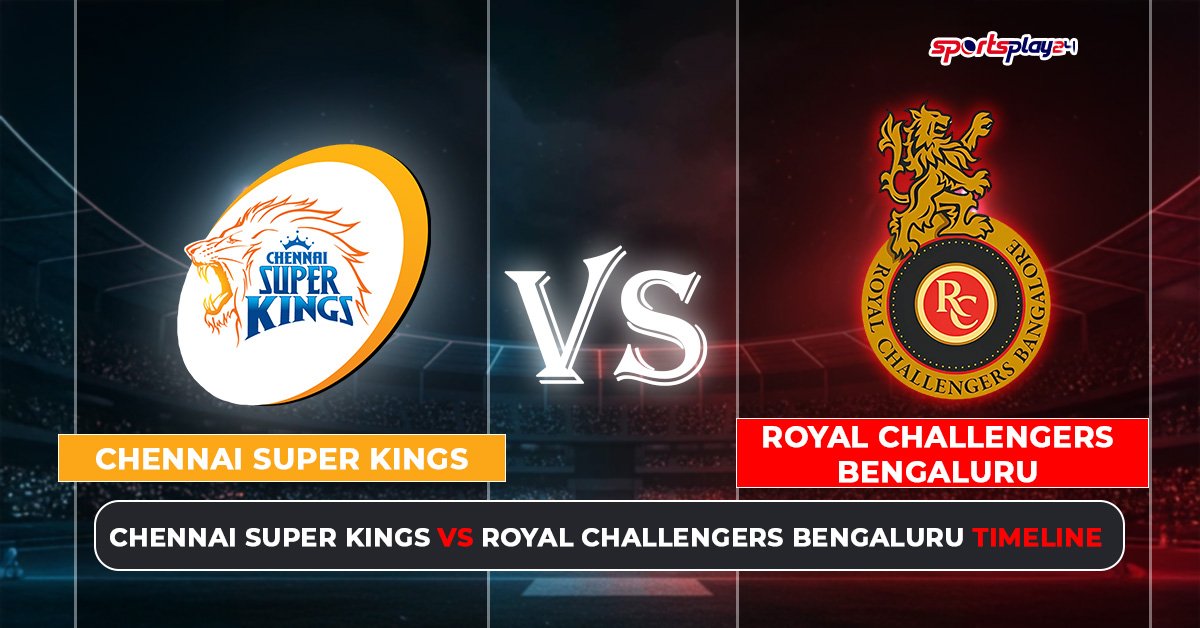
MI IPL 2026 Team: Retained & Released Players list
Mumbai Indians (MI) head into IPL 2026 with their eyes firmly set on reclaiming the

Mumbai Indians (MI) head into IPL 2026 with their eyes firmly set on reclaiming the
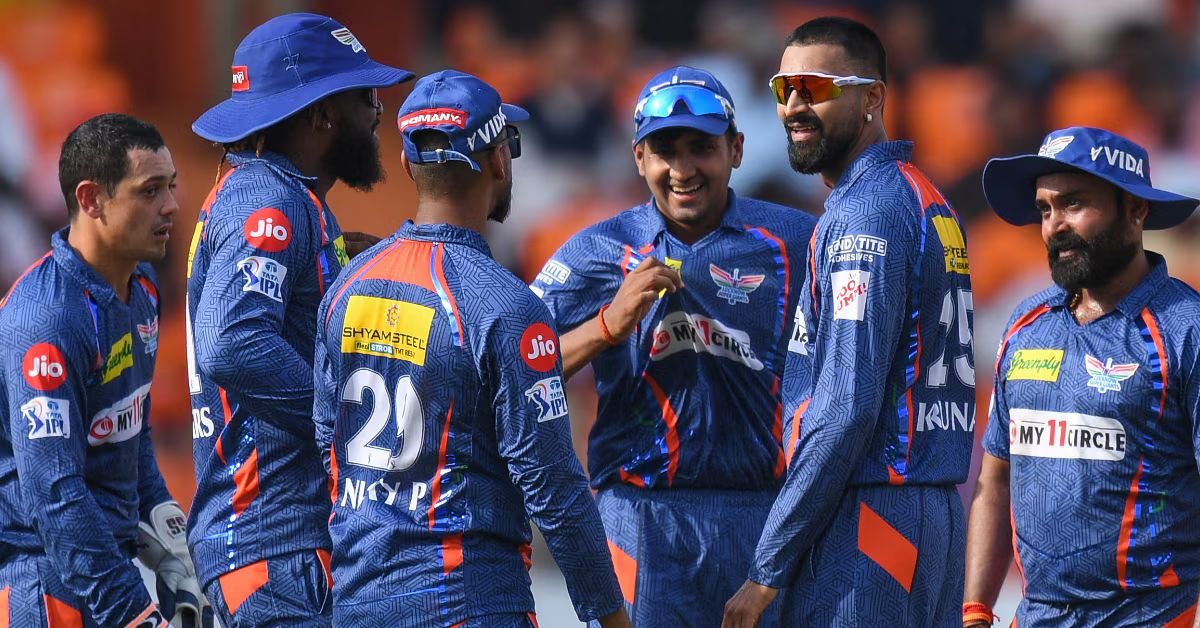
Lucknow Super Giants (LSG) step into IPL 2026 with renewed intent, a sharpened leadership core,

The Delhi Capitals (DC) enter the IPL 2026 season with a fresh mindset, a young,
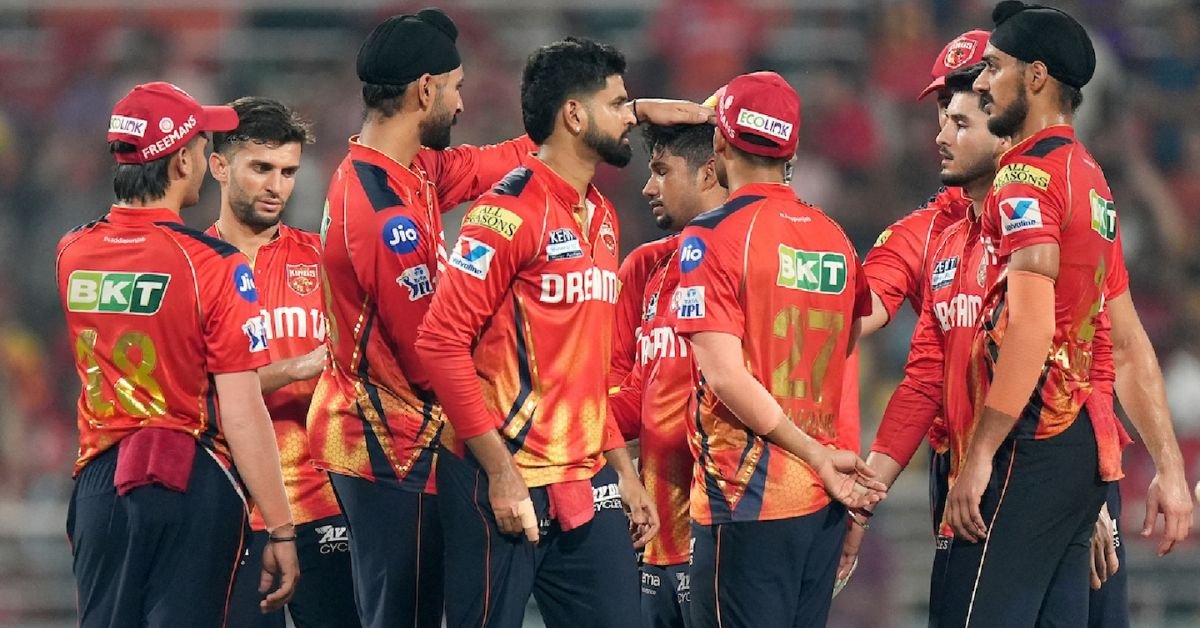
Punjab Kings (PBKS), known for their bold auction moves and aggressive squad restructuring, enter IPL
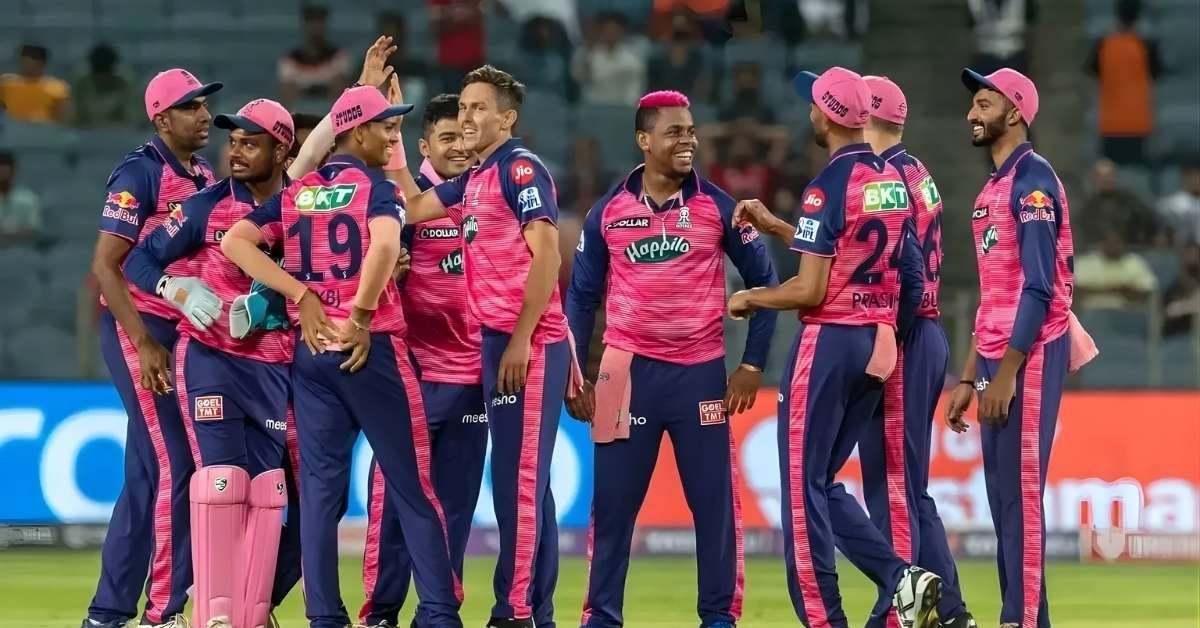
Rajasthan Royals (RR), the inaugural IPL champions, step into IPL 2026 with a renewed squad

The IPL 2026 Trades window has rewritten team strategies, shuffled star players, and created some
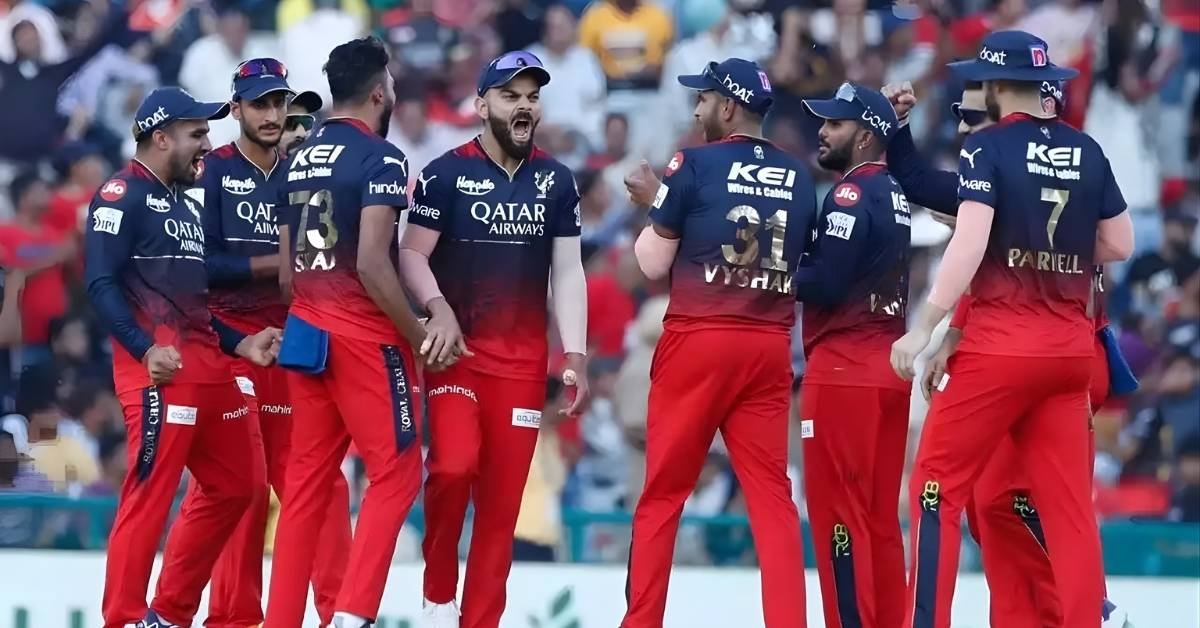
After finally ending their trophy drought by clinching the IPL 2025 title, Royal Challengers Bengaluru
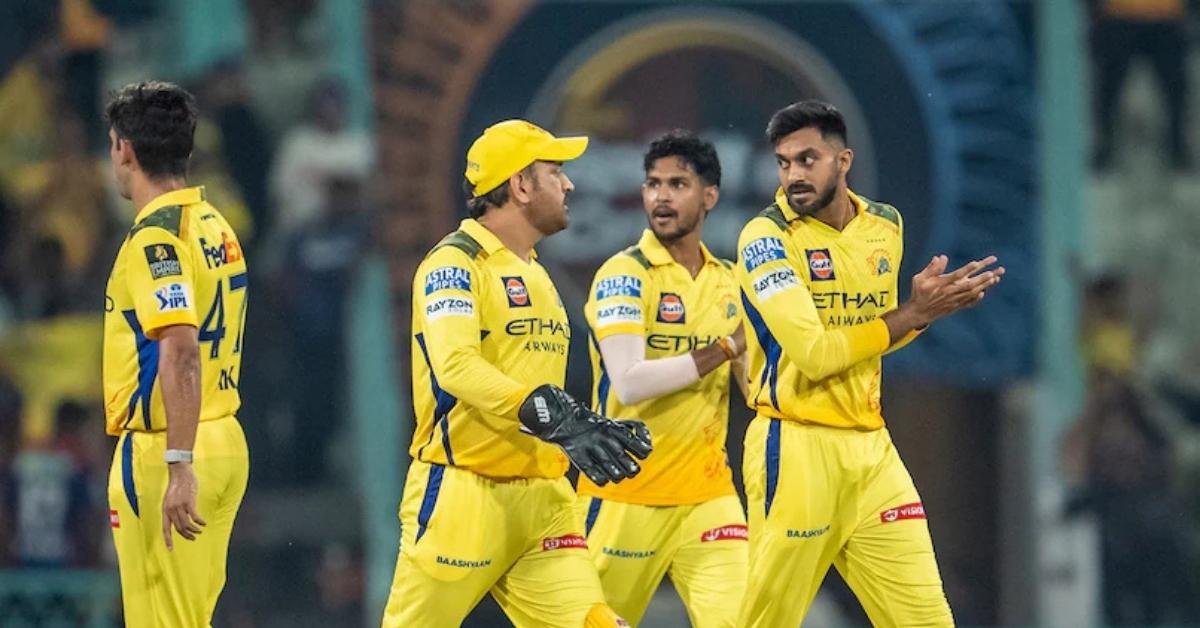
Chennai Super Kings (CSK), one of the most consistent franchises in IPL history, enters the

After lifting the IPL 2025 trophy in a dominant campaign, Kolkata Knight Riders (KKR) enter









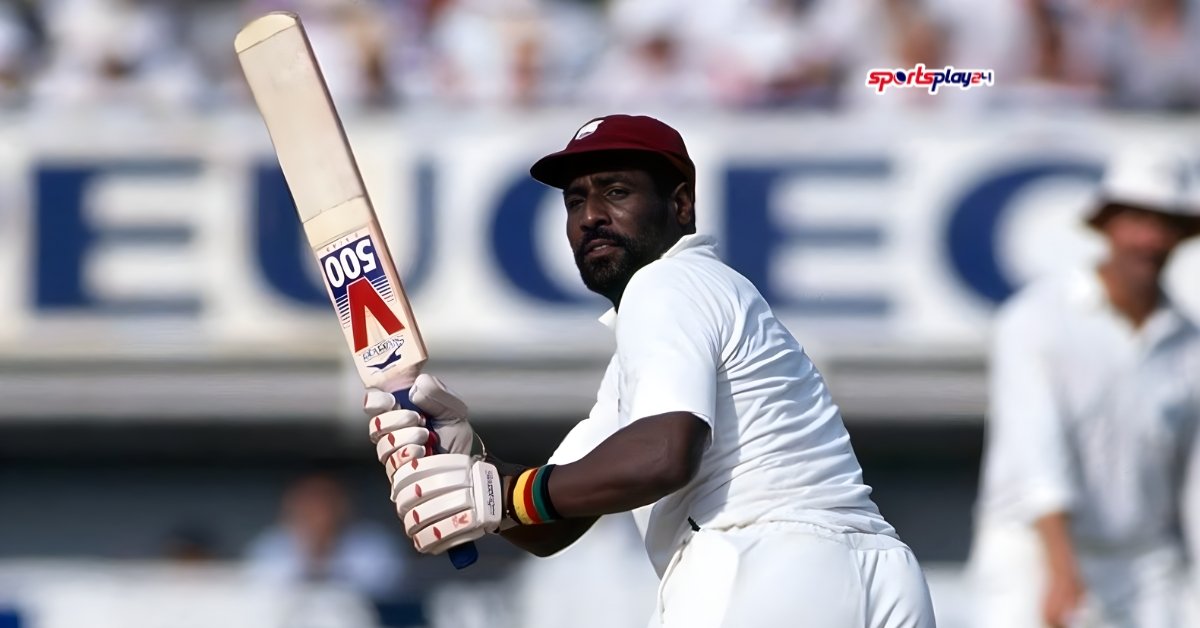
---Advertisement---


